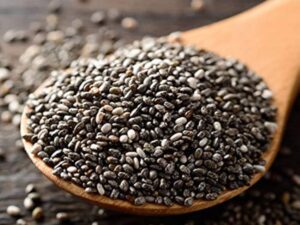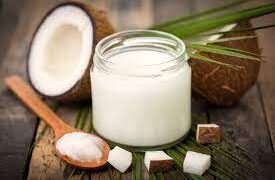Description
Sorbitol (E 420)
Sorbitol is a white liquid or granules with a sweet taste. It is easily soluble in water. It is stable during storage, but may be sensitive to conditions such as humidity and extreme temperatures. Additionally, due to its hygroscopic properties, sorbitol must be properly packaged and stored to avoid absorbing moisture from the environment.
| Physical and chemical characteristics | Value |
|---|---|
| Sorbitol content (HPLC, dry basis) | 97,0-100,5% |
| pH (10%, water) | 3,5-7,0 |
| Specific rotation (α20/D, 10%, borate complex, dry basis) | +4,0 – +7,0° |
| Conductivity (25°C, 20%, water) | ≤20 μS/cm |
| Chlorides (Cl) | ≤0,002% |
| Sulphates (SO4) | ≤0,006% |
| Heavy metals (as Pb) | ≤5 ppm |
| Arsen (As) | ≤1,0 ppm |
| Nickel (Ni) | ≤1 ppm |
| Related substances (HPLC, Ph., Eur.) (main impurity) | ≤2,0% |
| Related substances (HPLC, EP) (sum of all impurities) | ≤3,0% |
| Reducing sugars after hydrolysis/total sugar (as glucose) | ≤0,8% |
| Reducing sugars (as glucose) | ≤0,11% |
| Sulphated ash | ≤0,02% |
| Weight loss during drying | ≤2,0% |
| Water content | ≤1,5% |
| Residual solvents (ICH Q3C) | Excluded by the manufacturing process |
| Microbiological test | Passed |
| Colony count (target bacteria (TAMC)) | ≤102 CFU/g |
| Colony Count (Yeasts and Molds (TYMC)) | ≤102 CFU/g |
| Salmonella spp. in 10 g of substance | Not detected |
| E. coli in 1 g of substance | Not detected |
| Pseudomonas aeruginosa in 1 g of substance | Not detected |
| Staphylococcus aureus in 1 g of substance | Not detected |
| Candida albicans in 1 g of substance | Not detected |
| Endotoksyny | ≤1 IU/g |
Sorbitol has a shelf life of two years. Packages should be stored in a cool, dry place.
Sorbitol is usually used as a sweetener, but it also has medical applications. Sorbitol is used in cosmetics, as a thickener, in pharmaceuticals in the production of soft gelatin capsules or in baking. Here, this commodity is used not only as a sweetener, but also as a moisture stabilizer.
It is used in the production of diet and sugar-free foods, as a safe sugar substitute for diabetics and in low-calorie products. In the health care industry, it is used in toothpastes and mouthwashes, increasing their shelf life.
It is also used as an ingredient in pet foods, particularly in low-calorie options, demonstrating its versatility across industries.
In the chemical industry, the product serves as a raw material in the production of polymers and resins.















Reviews
There are no reviews yet.